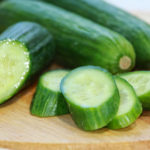Tomatoes are a versatile fruit that can be used in a variety of dishes and juices. Growing tomatoes in pots at home is not difficult, and with a little patience and following these instructions, you can grow your own tomato plants for your family to enjoy.
1. Notes for Growing Abundant Tomatoes at Home
Best Time to Plant Tomatoes
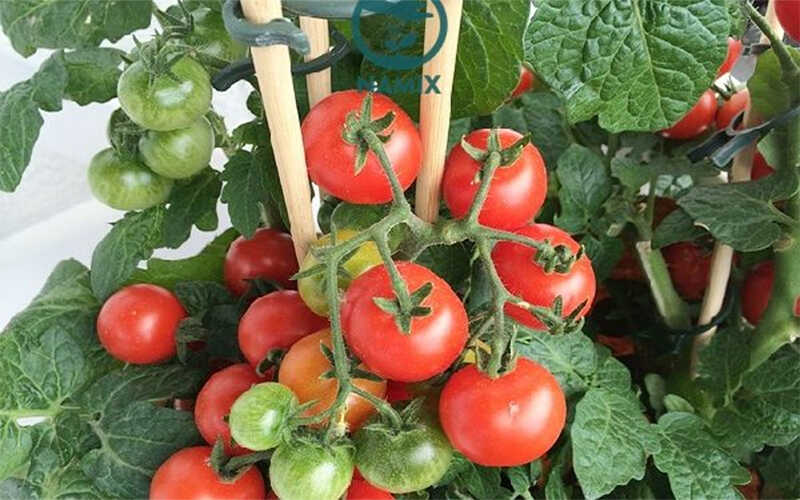 Best time to plant tomatoes
Best time to plant tomatoes
Tomatoes are a fruit that can grow vigorously all year round. However, to get the most delicious tomatoes, it is best to plant them during these three seasons:
- Early season: Sow seeds in July-August and harvest in late October-December.
- Main season: Sow seeds in mid-September and harvest in February-March of the following year.
- Late season: Sow seeds in November-December and harvest in March-April of the following year.
Tomatoes thrive in warm weather, with night temperatures consistently above 15°C. They will not grow well in temperatures below 13°C.
Choosing the Right Tomato Variety

There are many different varieties of tomatoes available today. Depending on your taste and needs, you can choose the right type of plant. Some popular varieties include cherry tomatoes, black tomatoes, and organic tomatoes. Organic tomatoes, in particular, are known for being easy to grow and producing large fruits.
You can buy seedlings that are about a month old from reputable nurseries, or you can grow tomatoes from seeds by purchasing seeds or extracting them from ripe tomatoes. However, growing from seeds can be more challenging and time-consuming.
Choosing a Planting Location
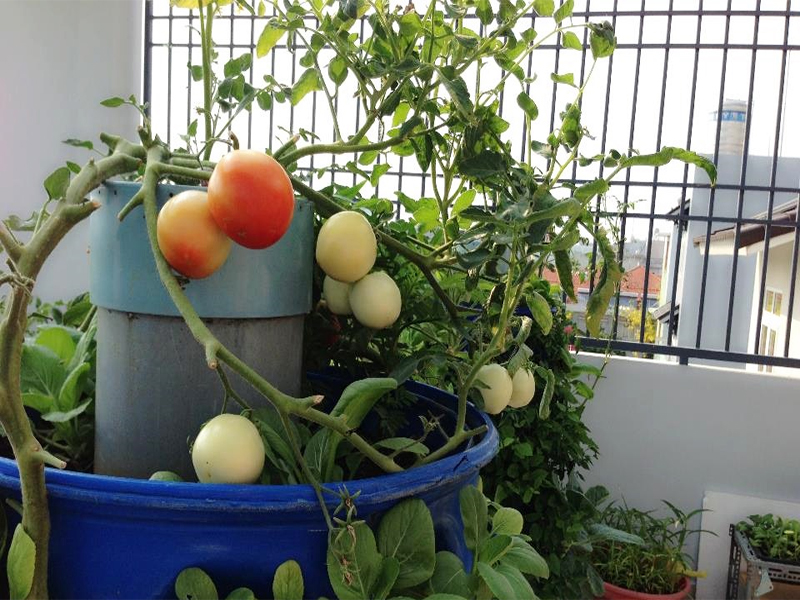
Tomatoes love sunlight, so it is best to place them in a sunny, well-ventilated area that receives 6-8 hours of sunlight per day. This could be a balcony, rooftop, or next to an outer wall. This will ensure that your tomatoes ripen fully and taste delicious.
Choosing a Planting Container
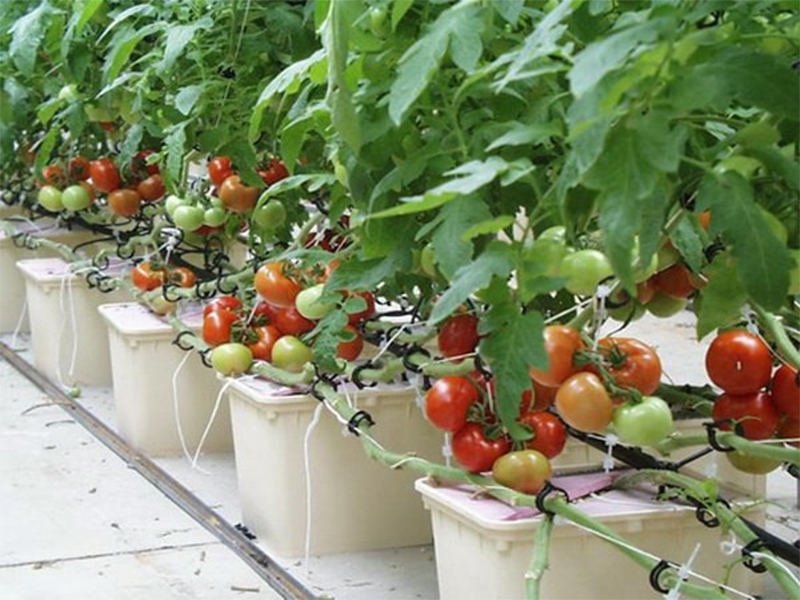
Tomatoes have a large, vigorous root system, so they will need to be planted in a large container. A common choice is to use a large plastic tub, as it provides ample space and can be easily drilled for drainage holes.
If you don’t have a plastic tub, you can use any large pot or container with drainage holes.
Choosing the Right Soil
Tomatoes can be grown in various types of soil, but for the best results, it is recommended to use organic, nutrient-rich soil. This type of soil can be easily purchased at garden centers, or you can make your own by using well-rotted cow or chicken manure to add nutrients.
Note: If you are making your own soil, be sure to sun-dry it for a few days to reduce the risk of pests and diseases.
2. Three Methods for Growing Tomatoes
Method 1: Growing Tomatoes from Seeds

Materials and Tools:
- Tomato seeds
- Soil
- Seedling tray
- Watering can
- Cover (plastic wrap or lid)
Planting Steps:
Method 2: Growing Tomatoes from Fruit
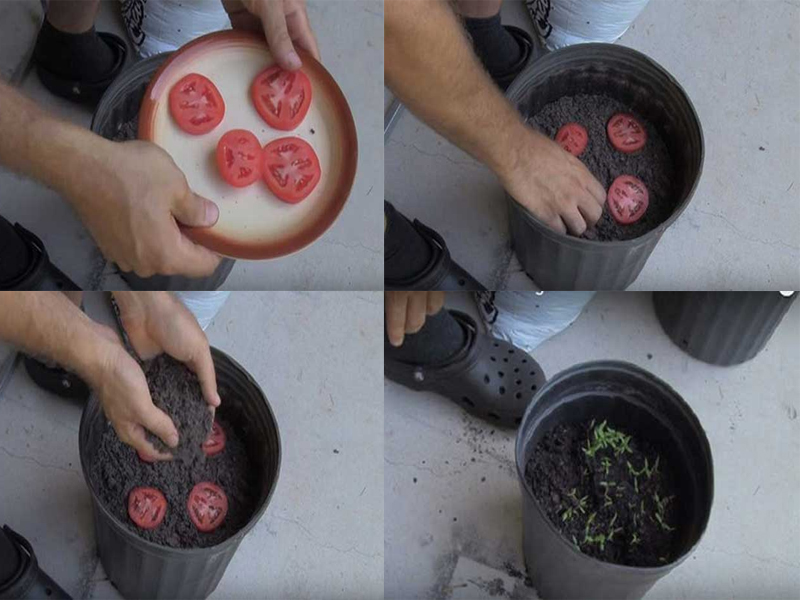
Materials and Tools:
- Ripe tomatoes
- Planting pot
- Soil
- Watering can
Planting Steps:
Method 3: Growing Tomatoes from Seedlings
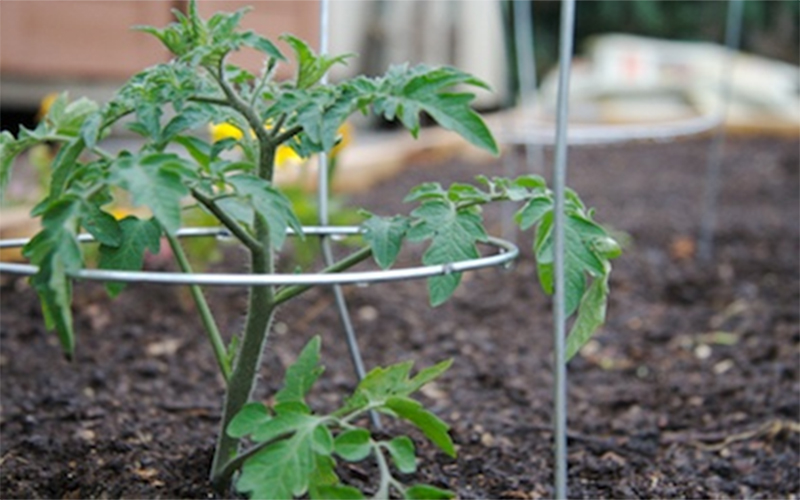
You can purchase tomato seedlings from reputable nurseries. It is recommended to choose seedlings that are about a month old.
Materials and Tools:
- Tomato seedlings (about a month old)
- Planting pot or tub
- Soil
- Watering can
Planting Steps:
3. Tomato Care Instructions
To get the best results, it is important to have a proper care plan for your tomato plants.
Watering your plants is crucial and should be done daily. The best time to water them is in the early morning or late afternoon when the temperatures are cooler.
When watering, avoid getting the leaves and flowers wet. Focus on the base of the plant and the surrounding soil. Depending on the growth stage, the amount of water needed will vary, but a minimum of 500 ml per plant per watering is recommended.
Watering Tips:
– Water the plants sufficiently, but don’t overwater, as this can cause root rot.
– Always water the base of the plant or the surrounding soil, never the leaves or flowers.
– Adjust the amount of water according to the plant’s growth stage.
As the plants mature, increase the amount of water to 4-5 liters per plant, 2-3 times a week. However, you should also consider the weather conditions and adjust the amount of water accordingly (e.g., reduce water during rainy periods and increase it during hot, dry spells).
Soil Care
The soil should be well-aerated and maintained at the right moisture level to avoid waterlogging. If heavy rains occur during the fruiting stage, it is important to protect the plants from excessive moisture by providing adequate shelter.
During hot and dry periods, you can cover the soil with dry straw or grass to reduce water evaporation.
Providing Support for Tomato Plants

Tomato plants have weak stems and tend to droop, so it is important to provide support. This is usually done about 1.5-2 months after planting, before the plant starts flowering. You can use bamboo stakes, wooden or plastic poles, or even metal rods to provide support.
Secure the stakes to the pot and carefully tie the plant to the stakes, ensuring that the ties do not restrict the plant’s growth. Choose the right size and material for the stakes depending on the variety of tomatoes you are growing.
Fertilizer
Once the plants start flowering, it is important to provide them with additional nutrients in the form of organic fertilizer. This will promote fruit development and enhance their flavor.
Pest Control
- Gray moths: These pests often appear when the plants are young. They hide in the soil during the day and feed on the plants at night. To prevent them, sun-dry the soil before planting to reduce the risk of infestation.
- Fruit borers: These pests lay their eggs on the leaves and, once hatched, bore into the leaves and fruits. If you notice these pests, consult a local garden center for appropriate pest control solutions.
Harvesting

You can expect to see small green tomatoes about two months after planting. As they grow, their color will gradually change from green to red. The best time to harvest tomatoes is when they are fully ripe and red, as they will have the highest levels of vitamin C and the perfect balance of sweetness.
When harvesting, use scissors or a small knife to carefully cut the ripe tomatoes, being careful not to damage the rest of the plant.
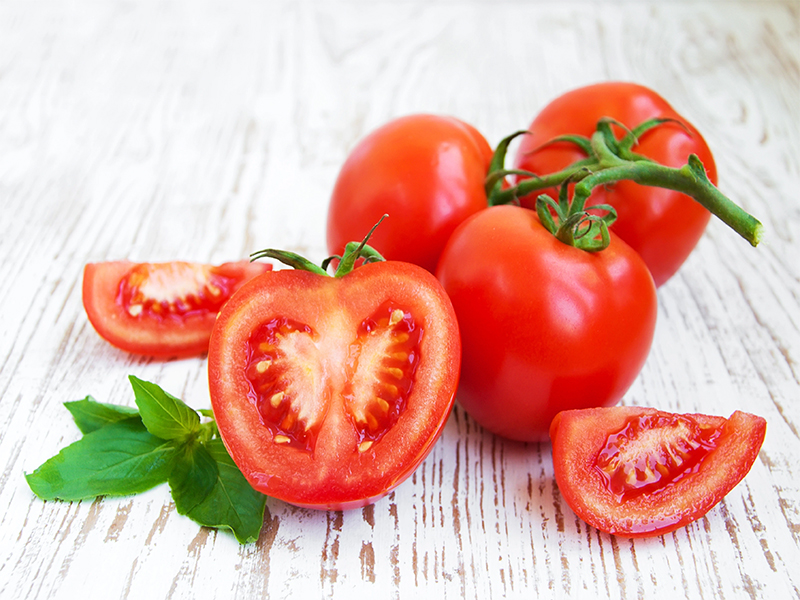
If you end up with a large harvest and cannot use all the tomatoes at once, here are some preservation methods you can try:
Method 1: Choose ripe, shiny tomatoes with firm skin. Wash them, steam them, and then mash and strain them to remove the seeds. Cook the tomato puree until it thickens, adding a pinch of salt for flavor. Let it cool and then store it in a jar with a layer of melted fat on top. This method will allow you to preserve the tomatoes for up to a year.
Method 2: Choose ripe tomatoes with shiny, firm skin. Wash and dry them, then layer them with salt in a large jar. Seal the jar tightly and store it in a well-ventilated area. This method will allow you to preserve the tomatoes for about a month.
We hope that these tips will help you successfully grow your own tomatoes at home. With a little patience and care, you’ll be able to enjoy fresh, delicious tomatoes all year round. Happy gardening!
Showcasing Beauty with a Natural Look
Today, it is a widely-held belief that the kitchen contains an abundance of natural remedies for perfecting your beauty routine. From honey to cucumbers, oranges and avocados, to almonds and papaya, some of the ingredients found in the pantry can give you fresh, glowing skin without the need for expensive cosmetics.

























